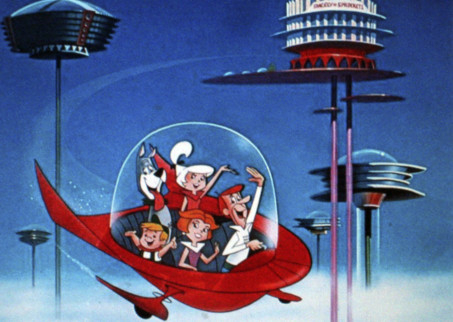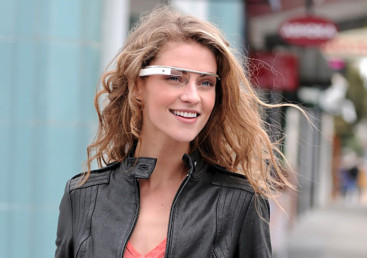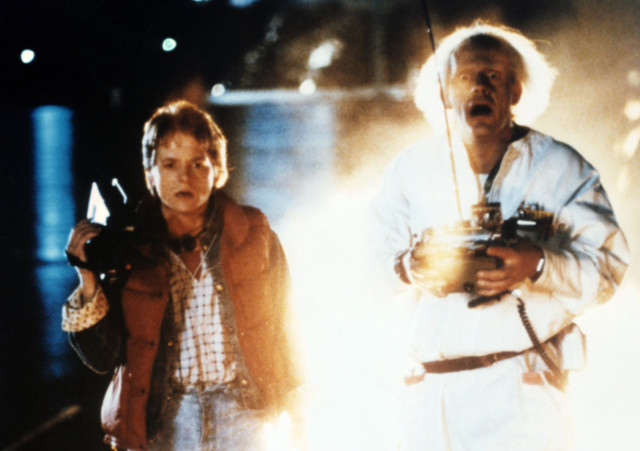
Come on, admit it. We’ve all thought about what life would be like 50 years from now. Will it see cars in the sky or hovercrafts in every home? Will we explore different planets and settle on some – will the term Earth-born Martian be in vogue? Movie makers and artists have for generations tapped into our expectations of the future and brought outlandish visions, which at the time were believed to be, if not impossible, quite improbable. Here are some gadgets, however, that have been brought to life.
1. Picture perfect
In the series In the Year 2000 or France in the Year 2000 (XXI century),paper cards and postcards were commissioned to Jean-Marc Côté and other artists in the country. Between 1899 and 1910, these images fostered the world’s imagination. From detachable wings to video chatting, they showcased a dazzling future. While many of the inventions have not taken flight, one that is doing well is the dust busting machine, the vacuum, which not only sweeps and swabs, but also disinfects. In fact, so coveted are these cleaning devices that even Honda, the carmaker, has proposed installation of one in its 2014 Odyssey minivan. Here’s to looking forward to a clean ride.
2. 3D technology
3D technology has taken the world by storm. And we can now access it from the comfort of our homes. But perhaps the first people to introduce us to the concept were the loveable family, the Jetsons, who in 1962 gave us a peek of what 3D technology could be like. From dancing with holograms (like Judy, the daughter, did with her on-screen love interest in the episode A Date with Jet Screamer) to 3D chatting, this futuristic toon had it all.
Another phenomenon that is taking the world by storm is 3D printing. While 3D printing was invented by Chuck Hill in the 1980s, it has only recently become popular as people discover they can make solid objects using the device. It’s also becoming more affordable. In his latest movie Chinese Zodiac, Jakie Chan uses especially made gloves to scan bronze statues, the information of which is transmitted to a 3D printer, which replicates the statues. While his method seems farfetched by today’s standards (the printer is many miles away from the scene of the crime) who knows what the future will hold?
3. Back to the future
From self-fitting jackets, to hover boards and flying cars, Back to the Future II (1985) showed us a future that inspired awe. And while many of the gadgets have not made it to real time – think the hydrating microwave, which turned a palm-sized pizza into a family-sized one, one that has been developed is facial recognition software. Based on eye scans and face contours one can employ facial recognition software to a system to identify people. Available now as Apps to find friends online (Facebook), they can also add another level of security to your mobile devices. A rising number of Apps such as FastAccess Anywhere and Recognize Me are available in the market for this purpose. However, be warned, unlike in the movie, the kinks of these apps haven’t quite been worked out yet. Pictures and videos sometimes may trick the App into releasing data.
4. Google glasses
These mini computers have been a source of great excitement and anxiousness recently. But, this isn’t the first time the gadget has accrued fame. In 2006, Vernor Vinge’s sci-fi thriller Rainbow’s End gave shape to a world where augmented reality was a part of day-to-day functioning. The characters wore clothes that were connected to the virtual world and supplied information through AR glasses or lenses, which bare an eerie resemblance to Google’s creation. Soon we may be processing data through a screen of lavish embellishment.
5. Babel fish
Wouldn’t it be wonderful to learn a language in a matter of seconds- just by eating something special or plugging into a special gadget? Hitchhiker’s Guide to the Galaxy took this thought up a notch with the babel fish. “The Babel fish,” said The Hitchhiker’s Guide to the Galaxy quietly, “is small, yellow and leech-like, and probably the oddest thing in the Universe. It feeds on brainwave energy received not from its own carrier but from those around it. It absorbs all unconscious mental frequencies from this brainwave energy to nourish itself with. It then excretes into the mind of its carrier a telepathic matrix formed by combining the conscious thought frequencies with nerve signals picked up from the speech centers of the brain which has supplied them. The practical upshot of all this is that if you stick a Babel fish in your ear you can instantly understand anything in any form of language.
Now, while there is no such magic creature on this planet, there are translators such as iTranslate , which are pretty accurate. With this app, you can speak into your smartphone, choose a language, and it will translate your words into the vernacular you want. Try it when travelling and leave behind a slew of impressed hosts.
6. Newspad
Stanley Kubrick’s 2001: A Space Odyssey, which was released in 1986, features a newspad, which was used by astronauts David Bowman and Frank Poole to read newspapers and watch TV. Based on Arthur C. Clarke’s book, the apparatus looks suspiciously like an iPad.
An excerpt from the book states: “When he tired of official reports and memoranda and minutes, he would plug his foolscap-sized Newspad into the ship’s information circuit and scan the latest reports from Earth. One by one he would conjure up the world’s major electronic papers; he knew the codes of the more important ones by heart, and had no need to consult the list on the back of his pad.”
While the iPad we know and love has more features and doesn’t require codes to access particular snippets of information, the thought remains the same. In fact, so accurate was the description and the film’s visual, that in 2011 when Apple tried to sue Samsung for infringing on patient rights, the company cited the movie as its defence.














